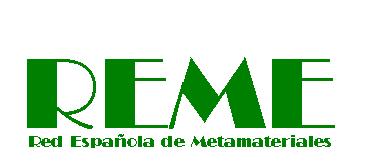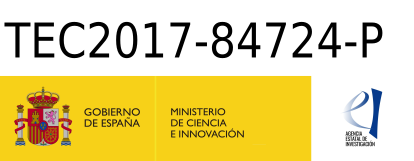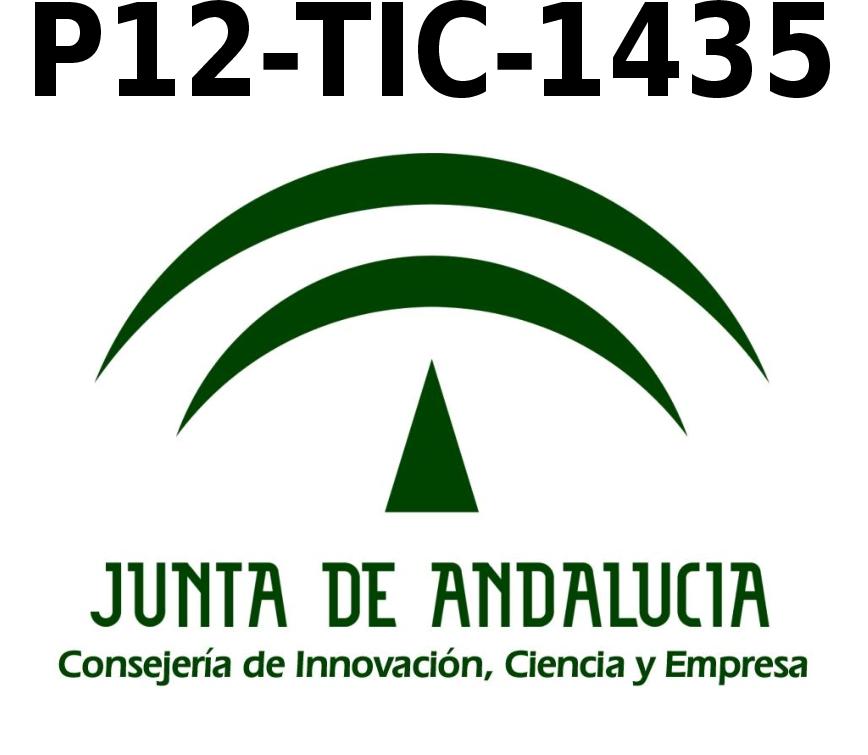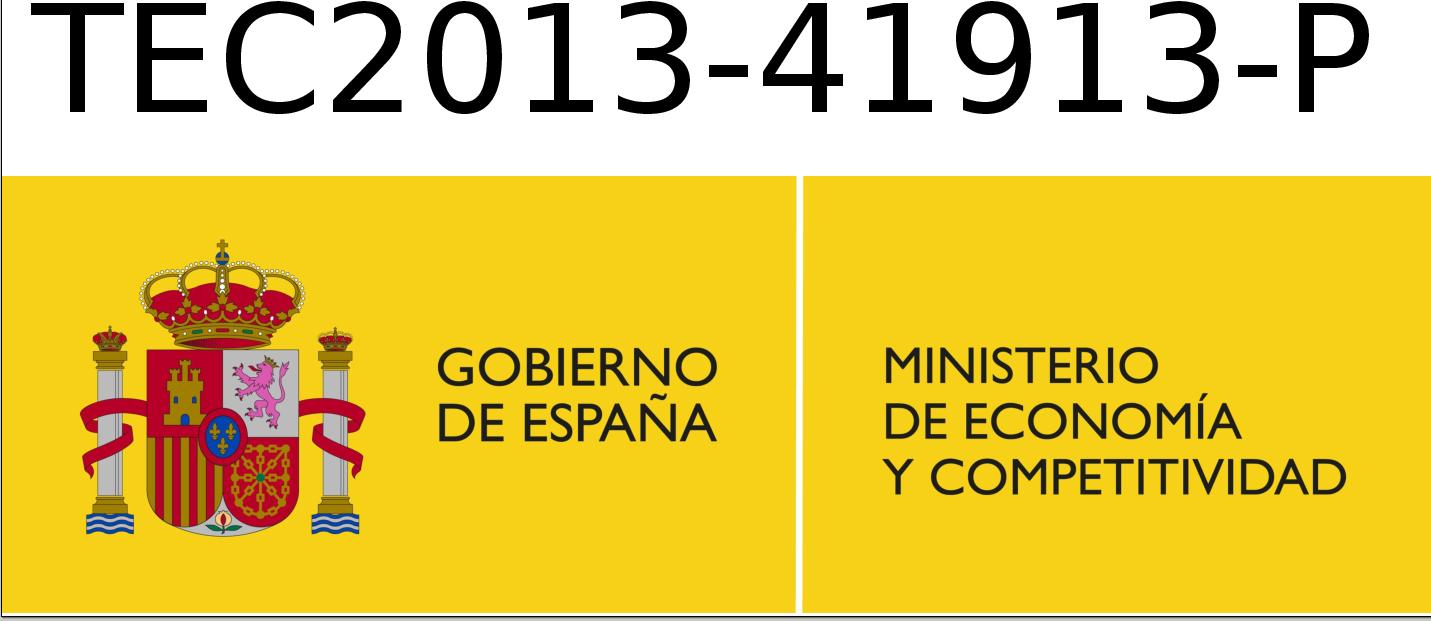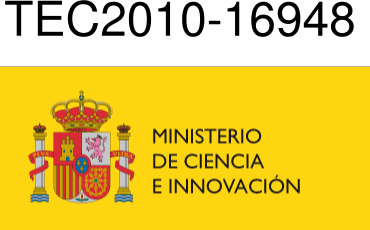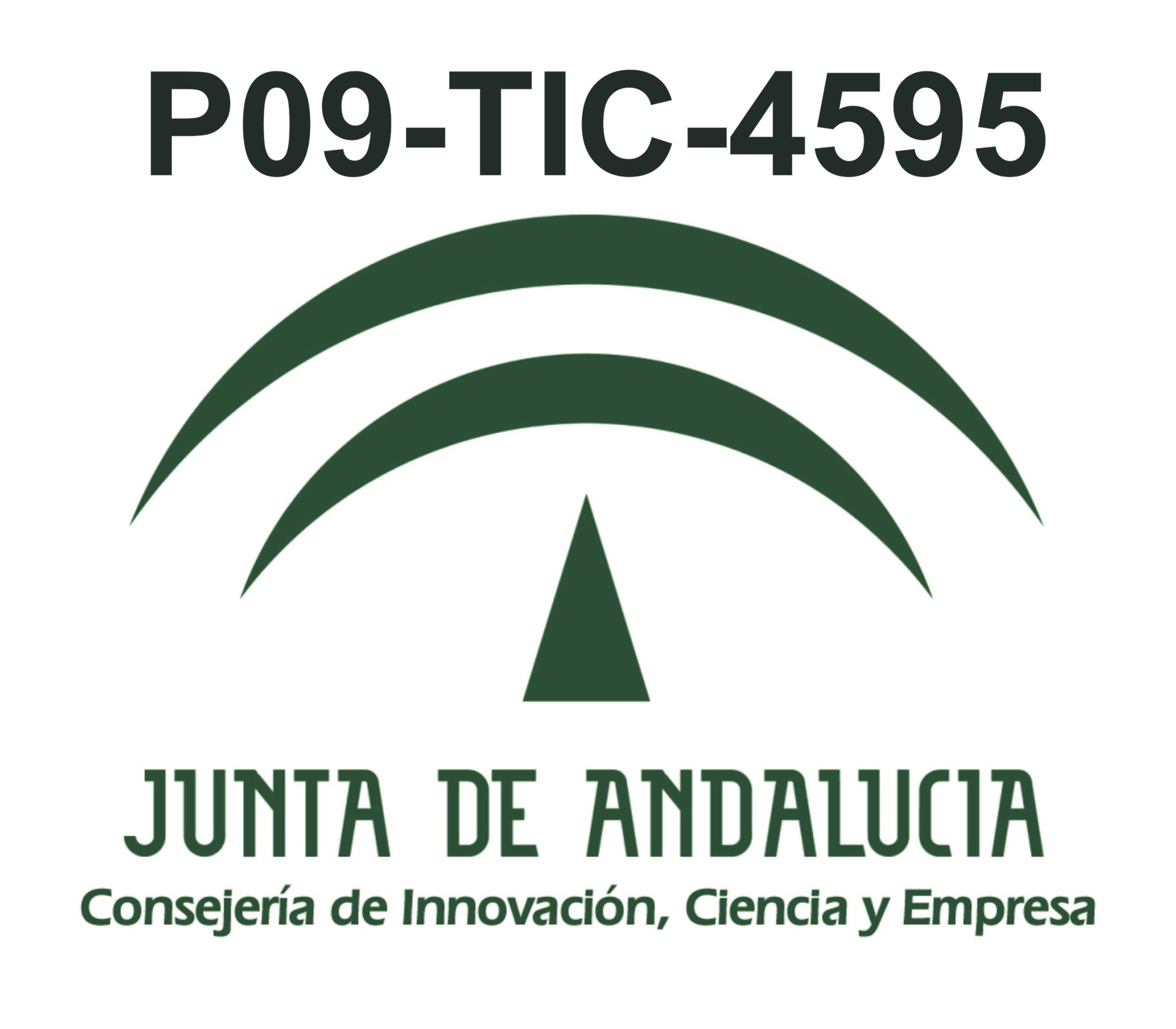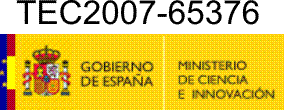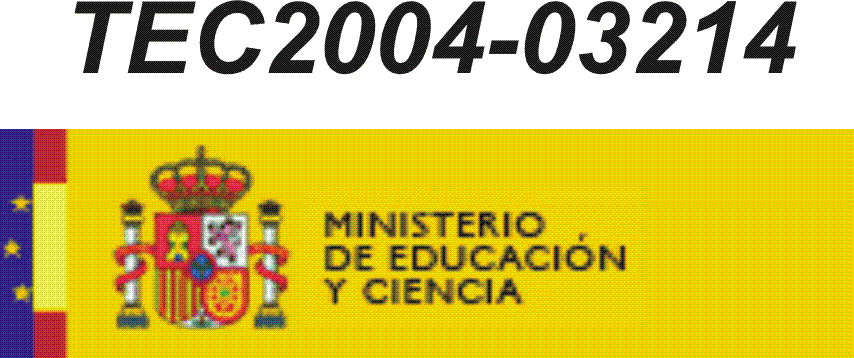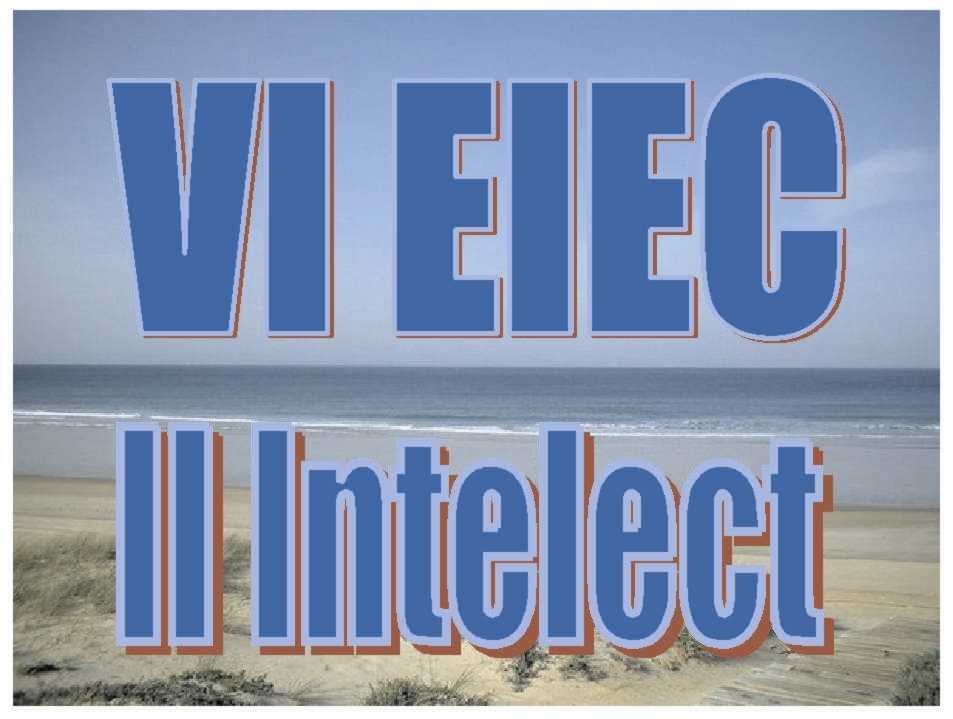Brief description of the goals of project TEC2017-84724-P
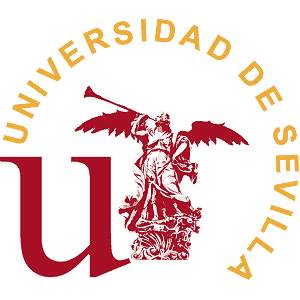
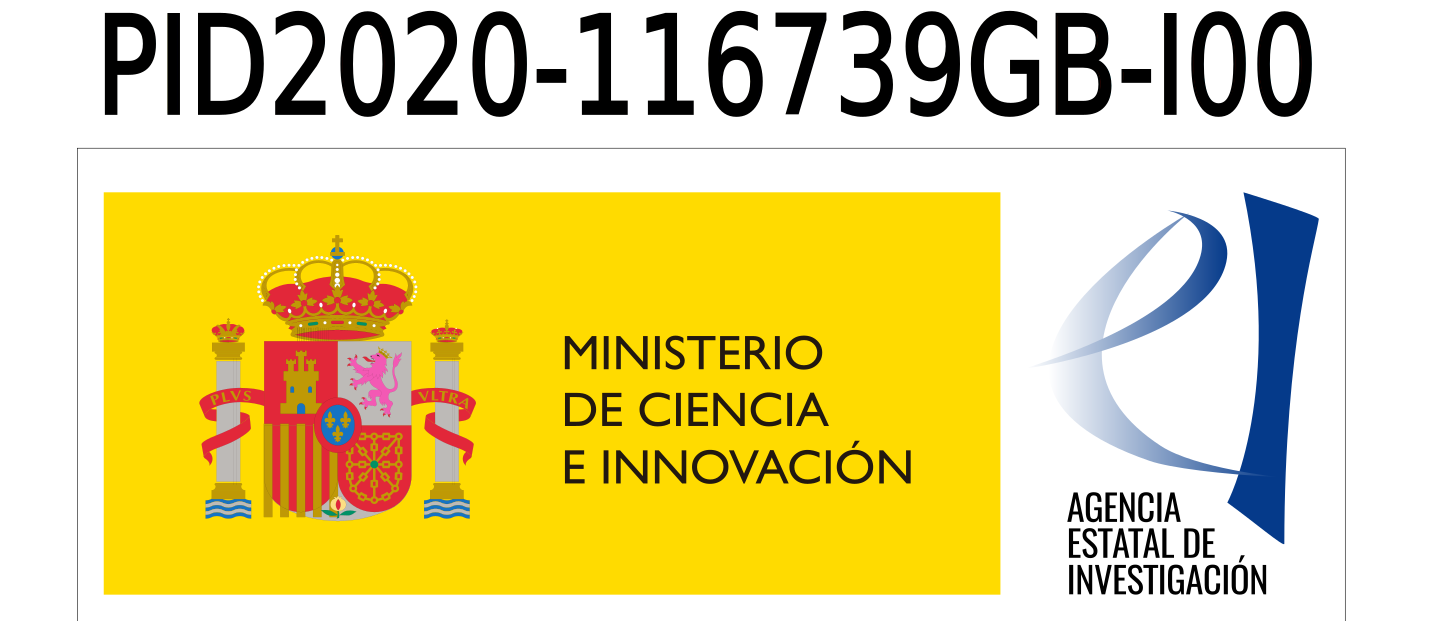
SUMMARY:
In this proposal, the members of the research team intend to contribute to the advancement of three research lines that share a similar theoretical, computational and experimental background, as well as similar methodological approaches. The three research lines are in fact a continuation of the research activities developed by the Microwave Group of the University of Seville in the last few years in relation with the design of microwave passive devices, antennas and periodic structures in planar technology, and therefore, will benefit from the knowledge and expertise acquired in these fields. In addition, new research paths will also be explored that are expected to lead to novel concepts and novel device implementations. Although the main purpose of the project is to generate knowledge at the fundamental level, considerable effort will also be put on the design, fabrication and measurement of microwave passive devices, antennas and periodic structures that are expected to partly fulfill the demands of the new generation of communication systems (5G, WLAN, etc.).
The first research line of the project is focused on the design of multiport differential devices with the ability to operate on multiple communication bands in the microwave range. The devices to be studied should provide good differential signal integrity and, at the same time, strong common-mode rejection or absorption. In particular, the efforts will be oriented to designing new balanced/differential versions of filters, multiplexers, power dividers and couplers (including directional, branch-line and rat-race couplers). Special attention will be paid to reducing the size, weight and volume of the devices since these are demanded objectives in today's technology.
The second research line is devoted to the co-design of filtering microstrip antennas with versatile radiation and filtering properties. The codesign of the antenna and the filter in a single unit is a good solution to enhance the overall performance of a communication system, and to reduce circuit area. In the project we plan to use lumped equivalent circuits and employ classical filter theory for the co-design of filtering microstrip antennas with varied performances such as differential filtering antennas with large common-mode rejection, dual-band antennas, dual polarization antennas for frequency reuse, filtering antennas with larger selectivity outside the operation band, etc.
Finally, the third research line deals with the analysis and design of periodic electromagnetic structures in multilayered configurations. First, we expect to implement an efficient and accurate software for the analysis of a wide variety of these structures. The software will be based on the application of the Method of Moments in the spatial domain with subsectional basis functions. Second, we intend to obtain equivalent circuits of these structures that are able to account for the cross-polar scattering, and that are able to characterize any stack of periodic arrays, regardless if they are of patch-like or slot-like nature, or even a combination of both. And third, we plan to study 1-D periodic microwave passive devices and 2-D periodic frequency selective surfaces with glide-symmetric elements in order to prove that the introduction of glide symmetry leads to an enhanced frequency response including larger bandwidth, less dispersion, etc.
Go up

